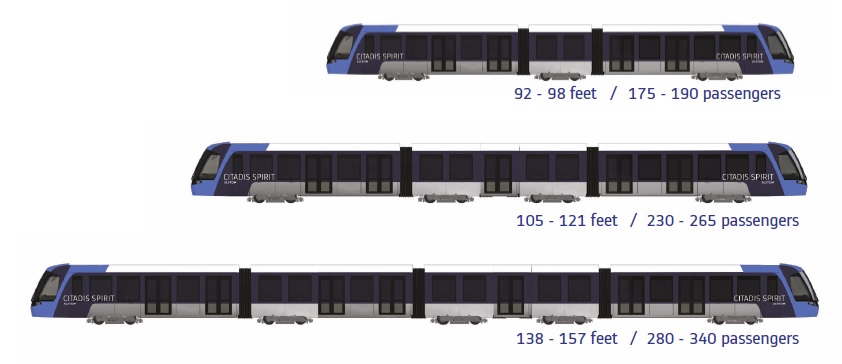The size of the economy, the quality of the architecture, the activity on the sidewalks, the cleanliness of the streets: we can evaluate a city in any number of ways. But in my travels through North America, Europe and Asia, I’ve found no more telling indicator – and at times, no more important one – than the state of its subway station toilets, the true measure of urban civilisation.
Of course, to use this marker at all presumes a certain degree of development: not only must the city in question have a subway system, but that system must have toilets.
Los Angeles, where I live, just barely clears that first hurdle (its long-awaited and much-delayed “subway to the sea” having resumed construction last year) but crashes right into the second. The LA County Metropolitan Transportation Authority, which presides over 80 overground and underground stations, maintains a grand total of three toilets – none of which I use if I can avoid it – and didn’t reply to a request for comment.
Still, by American standards, Los Angeles doesn’t lag as far behind as it may seem to. A US city can count itself lucky if it has rail transit at all, let alone proper facilities. Part of the reason has to do with the country’s deeply entrenched fear of public amenity, as reflected by the words of
political humorist PJ O’Rourke: “Note the mental image evoked by the very word
public: public school, public park, public health, public housing. To call something public is to define it as dirty, insufficient and hazardous. The ultimate paradigm of social spending is the public restroom.”
“Throughout the United States there is a general lack of available restrooms for users of public mass transit,” write Robert Brubaker and Carol McCreary of the
American Restroom Association. Their paper US Public Health Mandates and the Restroom Problem in America, presented at Delhi’s 2007 World Toilet Summit, finds that “despite broad citizen demand for restrooms, city, town and county governments throughout the United States continue to close public restrooms,” citing “security issues”. These “issues”, they argue, embody a whole gamut of fears ranging from international terrorism, immoral behaviour, to vandalism and misuse of premises for criminal activities. [...]







